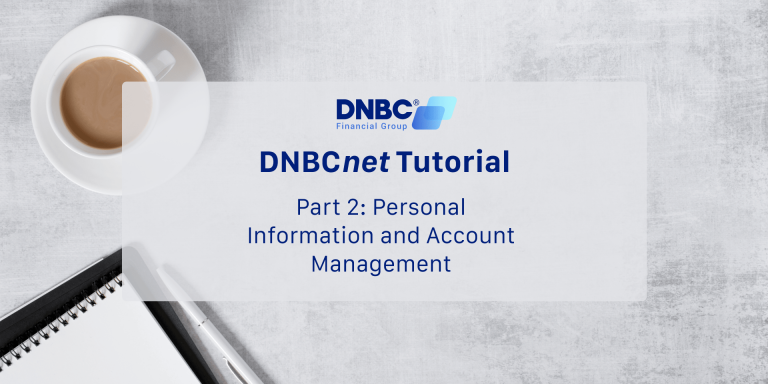If you had ever used online banking or electronic funds transfer, you could have encountered some terms like routing number or transit number. What do these terms mean and how are they different: transit code vs routing number?
DNBC’s experts will explain the meaning and usage of these terms and how they relate to your bank account.
Transit code vs routing number?
If you’re wondering “Is transit code the same as routing number?”, then here is your answer!
Transit codes and routing numbers are two terms that are often used interchangeably, but they actually refer to two different things.
Both are used to identify financial institutions. Routing numbers are used in the United States while transit codes are used in Canada.
Routing number
A routing number is a nine-digit code that identifies a bank or financial institution in the United States. It is used to clear funds for electronic transfers or process checks. The routing number is also known as ABA RTN, which stands for American Bankers Association Routing Transit Number.
The routing number is located at the bottom left corner of a check and consists of four parts:
- The first four digits indicate the Federal Reserve Bank district where the bank is located.
- The next four digits identify the specific bank or credit union.
- The last digit is a check digit that validates the routing number.
- There is a colon (:) separating the first and second parts of the routing number.
For example, the routing number 0210:0002:1 means that the bank is located in the second Federal Reserve Bank district (New York) and has the institution code 0002. The check digit 1 verifies the routing number.
Transit code vs routing number: how different?
Routing numbers are used for various purposes, such as:
- Setting up wire transfers or direct deposits
- Paying bills online or by phone
- Ordering checks or deposit slips
- Verifying bank accounts
Transit Number
A transit number is another term for a routing number. It is simply a different name for the same numerical code. Some banks or financial institutions may use the term transit number instead of routing number, but they refer to the same thing.
Transit numbers are issued by the Canadian Payments Association (CPA) to each financial institution that is a member of the CPA.
In Canada, however, a transit number has a slightly different meaning. It is a five-digit code that identifies a specific branch of a bank or credit union.
It is part of a larger routing number that also includes a three-digit institution code and a leading zero. The transit number is also known as branch number or MICR code (Magnetic Ink Character Recognition).
The transit number is located at the bottom center of a check and consists of two parts:
- The first five digits indicate the branch where the bank account is held.
- There is a dash (-) separating the branch code and the institution code.
For example, the transit number 12345-678 means that the bank account belongs to branch 12345 of institution 678.
Transit numbers are used for similar purposes as routing numbers, such as:
- Setting up wire transfers or direct deposits
- Paying bills online or by phone
- Ordering checks or deposit slips
- Verifying bank accounts
In other words, the main difference between transit codes and routing numbers is the country in which they are used. Transit codes are mainly used in Canada, while routing numbers are widely used in the United States.
However, there are some other differences between the two as well.
Transit codes consist of a three-part code that includes a branch number, a financial institution number, and a suffix.
Routing numbers also consist of a three-part code, but the parts are different: a Federal Reserve routing symbol, an ABA institution identifier, and a check digit.
Transit codes are nine digits long, while routing numbers can be either eight or nine digits long, depending on the financial institution.
While both transit codes and routing numbers are used for similar purposes, such as wire transfers and direct deposits, they are used in different ways in each country.
Transit code and routing number: how do they work?
When you make an electronic transaction, such as a direct deposit, the routing number or transit code is used to identify the bank or financial institution where the funds are being sent.
This information is used to route the transaction to the correct bank or financial institution and ensure that the funds are deposited into the correct account.
It’s important to note that routing numbers and transit codes may differ depending on the type of transaction and the location of the financial institution.
For example, the routing number for wire transfers may be different from the routing number for direct deposits.
Additionally, some financial institutions may have multiple routing numbers or transit codes depending on their geographic location.
In summary, DNBC Financial Group hopes this article will help you understand the difference between routing numbers and transit numbers and how they are used in banking transactions.
DNBC Financial Group is your trusted provider in international money transfer
- Get 100% free 1-on-1 support
- 100% free account opening
- Seamless onboarding process
Or please contact DNBC
Email: [email protected]
Phone Number:
- +65 6572 8885 (Office)
- +1 604 227 7007 (Hotline Canada)
- +65 8442 3474 (WhatsApp)



 DNBC Team
DNBC Team







